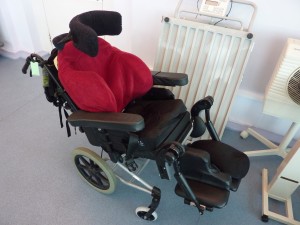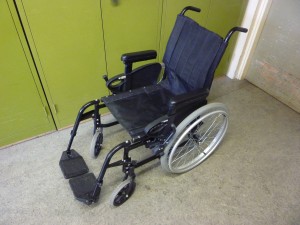If you’re reading this as a fellow engineer, I have a challenge for you. Strike up a debate with a doctor about which of your two professions is best, and I guarantee you that the doctor will rebut with the indisputable repost: ‘the human body is the ultimate engineering’. Try and counter that one!
This is exactly the realm I entered upon starting my first day at the Royal Hospital for Neuro-disability for my Charity Insights placement this summer. I received several slightly surprised looks as I introduced myself not as a medical student eager to delve into the world of neuroscience, but as a student of mechanical engineering with no inclination to becoming a doctor. A valid question arises; what am I doing in a hospital?
As the name implies, this is not your typical multi-purpose hospital. It was established over 160 years ago as a service ‘to give permanent relief to such persons as are hopelessly disqualified for the duties of life, by disease, accident or deformity’. Today its beautiful 18th century buildings remain and it cares for hundreds of patients suffering from a variety of severe neurological diseases. Its most important motive is ‘Finding Ability in Disability’, and that’s where I come in.
My task during the placement is to examine the current design and prescription of wheelchairs for hospital patients, and investigate new designs and processes that more effectively meet the patients’ needs.
My first day began with a tour of the hospital and its facilities by the Principal Medical Officer and the Associate Director of the Institute. They demonstrated how several currently used wheelchairs work and pointed out what they had gathered about their design flaws. Due to the unique requirements of many of the patients, some of the components of the standard wheelchairs had been replaced with parts custom designed and built at the hospital. Even these bespoke components needed improving in several ways. I was introduced to the biomedical engineering staff at the hospital and shown around the on-site workshop they use to manufacture parts.


Much of the remainder of the week involved getting up to speed with the latest developments in wheelchair design and outlining the improvements that can be made to existing designs as well as exploring fresh ideas. I look forward to seeing what path the research takes!